|
I left Yellowstone on Labor Day, exiting the park's northeast corner at the Cooke City-Silver Gate near the Wyoming/Montana border. It was a quiet drive. I listened to Plato's Symposium on audiobook and made a few stops to hop out of the car and snap pictures of the bison herds hanging on the side of the road. A grey ceiling of clouds appeared just outside of the park entrance, and the temperature began to drop. I was expecting a rainy journey to Billings, but the drive turned into more of an adventure than I anticipated. I noticed most of the traffic, what little there was, turning right on Highway 296 and going around the mountain range that stood between me and my destination, but Google Maps had me staying on Highway 212, the scenic Bluetooth Highway and a more direct route. As I ascended the pass, a blanket of clouds swallowed the road with light rain to accompany it. The scenic byway was not scenic at all, as the only thing I could see through the fog's milky haze and the red glow from the taillight of the truck in front of me. The temperature continued to drop, and the rain turned to snow as the road climbed past eight, nine, then 10,000 feet of elevation. It was one of those driving situations where there is nothing you can do except keep going. Just two weeks prior, I was driving through 110-degree heat; now, I'm in a whiteout snowstorm. Fortunately, after I reached the summit and began the descent, visibility improved. I stopped for lunch in Red Lodge, Montana, with wet snow continuing to fall. I asked my waitress at the pizza parlor about the weather. She shrugged her shoulders and said, "It's September. It happens." I arrived in Billings in a steady downpour. I tried to check into my Airbnb; however, I discovered, much to my surprise, that it was still occupied. I talked to the host, who said the previous guest had refused to check out, and he wasn't sure what to do. I ended up in a hotel that night and arranged to move on from Billings to my Airbnb in Sheridan, Wyoming, the next day. My time in Sheridan, which was eight days in length, was my most prolonged stay in a single place for the trip's duration. I had a private bungalow that was attached to a quaint country home. The homey location was perfect for my needs, and it was refreshing to stay in one place for an extended period. Hiking Tongue River Canyon in Bighorn National Forest near Sheridan, WY My host in Sheridan was a friendly all-American family. Ben and Sarah were native Wyomingites with four kids from elementary to high school age and a pack of sled dogs they raise and race for sport. One evening, Ben invited me to join him when he fed the dogs, and I eagerly accepted. The dogs were full of energetic spirit, and it became apparent to me that these dogs lived for one thing: to run. I was envious of the wild simplicity of their lives; their purpose transparent, and their joy so pure. Feeding time for the dog sled team When I wasn't working, I explored the area. I perused the Western and American Indian art at the Brinton Museum. At King's Saddlery, I daydreamed about quitting my job and becoming a cowboy. I hiked the canyon trails in Bighorn National Forest. While driving around Sheridan and the small towns surrounding it, I noticed something that piqued my curiosity. All of the schools in the area were immaculate, at least from the outside. One evening, I asked Ben about my observation. He said that all the public schools in Sheridan were Blue Ribbon schools. I asked him what drove the economy that allowed such investment in public education. "Energy," he said. The big energy companies have mined the area for decades, providing jobs and tax revenue to fund schools and infrastructure. Living in Southern California for fifteen years, I've seen the impact of climate change: longer heat waves, less rain, snowmelt earlier in the spring, devastating wildfires that are becoming more and more frequent. California has resources to combat the negative impacts of a changing climate, but many places in the world do not. We hear about the wildfires in California (or Australia—those poor, cute koalas), but less about the extreme weather taking lives and ruining communities in the Philippines, Myanmar, or Pakistan. The human impact on the climate must be addressed. However, my time in Sheridan reminded me that there is a human impact on both sides of the climate debate. The economies and livelihoods of many communities are dependent on current resources—coal, oil, gas—of energy consumption. These communities must be included, not excluded, in the climate change conversation and the transition to clean energy. After my stay in Sheridan, I drove down to Cheyenne, where I stayed at an Airbnb that was more like a hippie hostel on a ranch. Upon arrival, I was instructed to enter the house, remove my shoes, spray myself with COVID spray, then make myself at home. The secret ingredients in the COVID repellent were moonshine, witch hazel, and essential oils. It was tongue in cheek, but I obliged. It was 2020, after all, and I was willing to try anything at this point.
0 Comments
Leave a Reply. |
AuthorA WRITER AND TRAVELER KEEPING THE FAITH IN LOS ANGELES Subjects
All
Archives
August 2022
© 2022
|
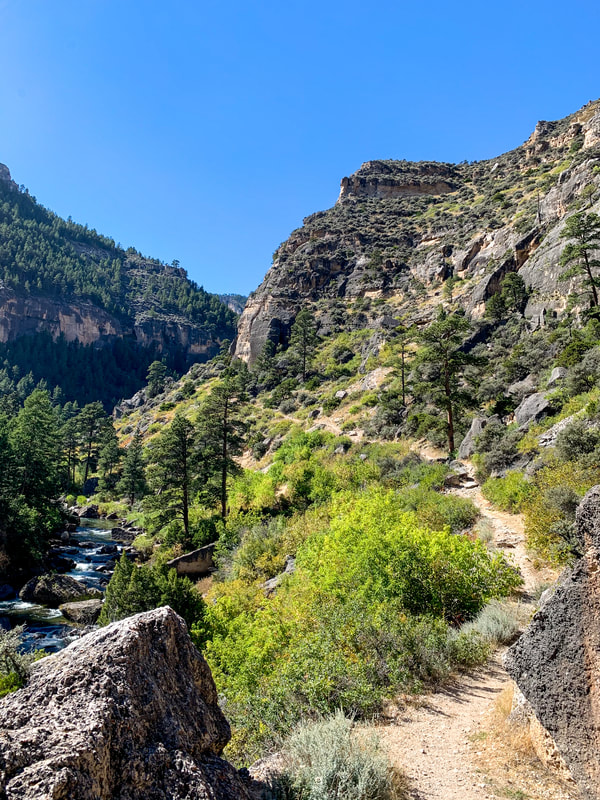
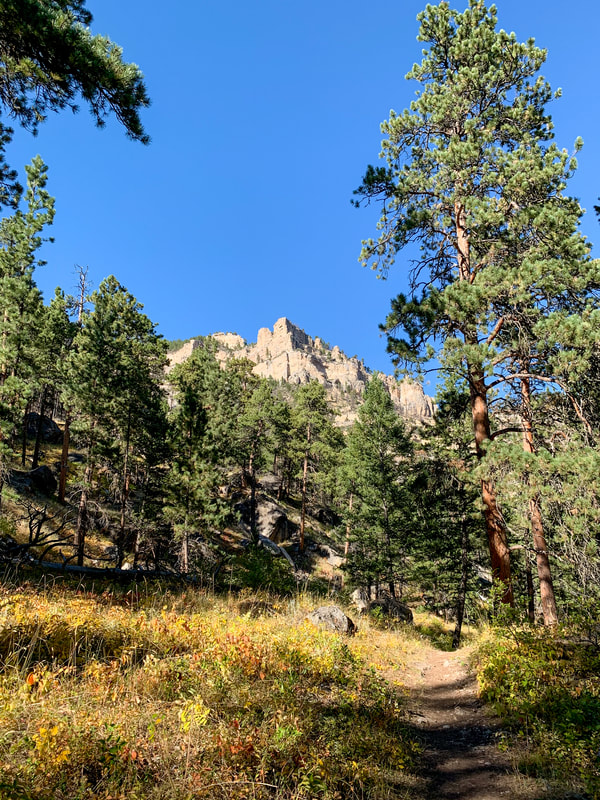
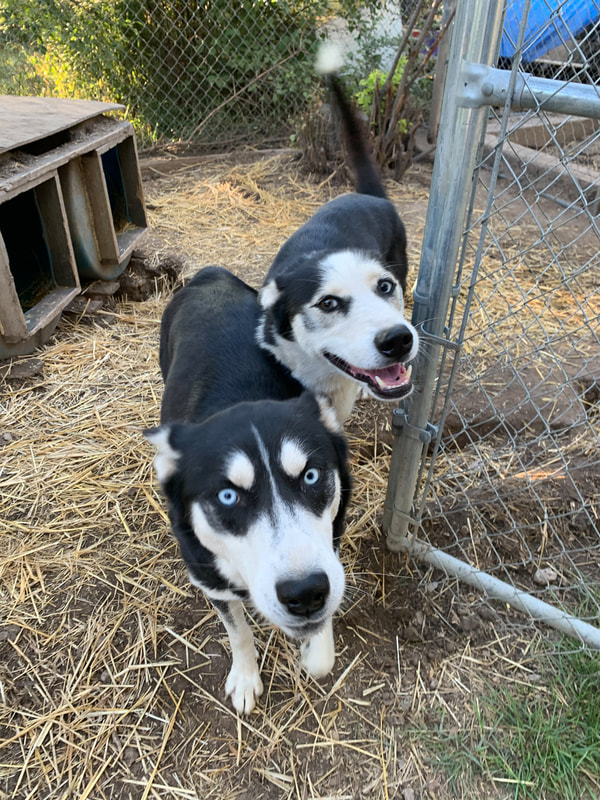
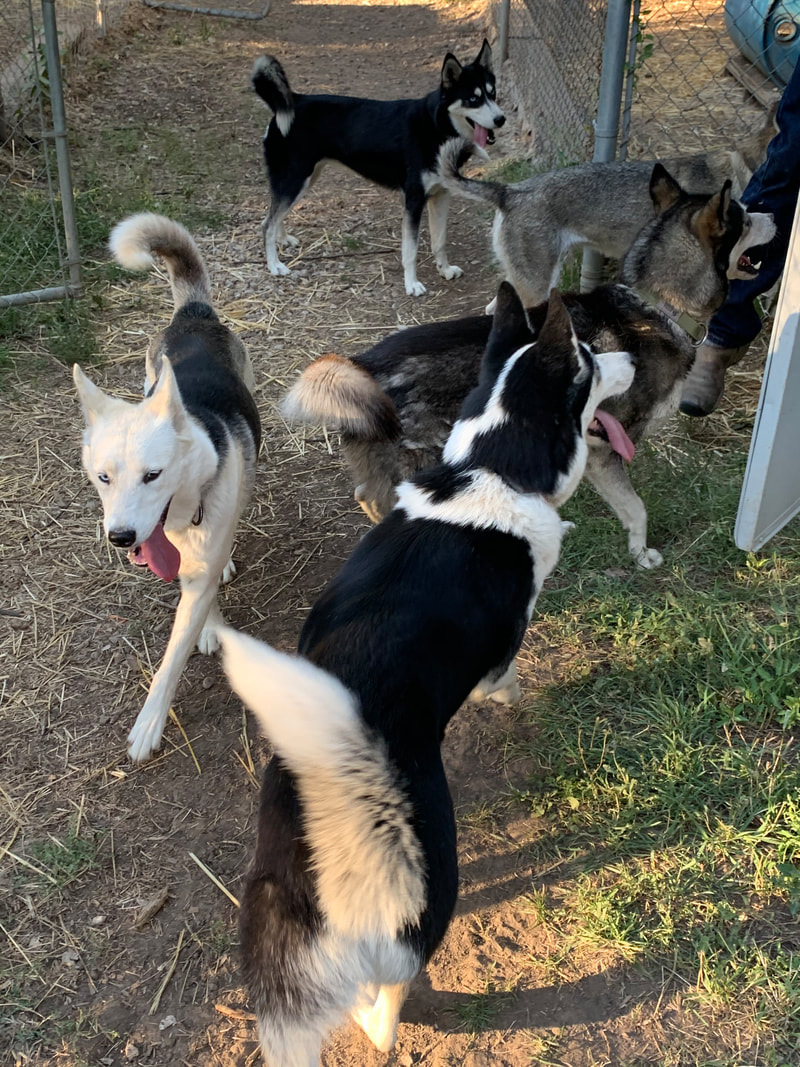
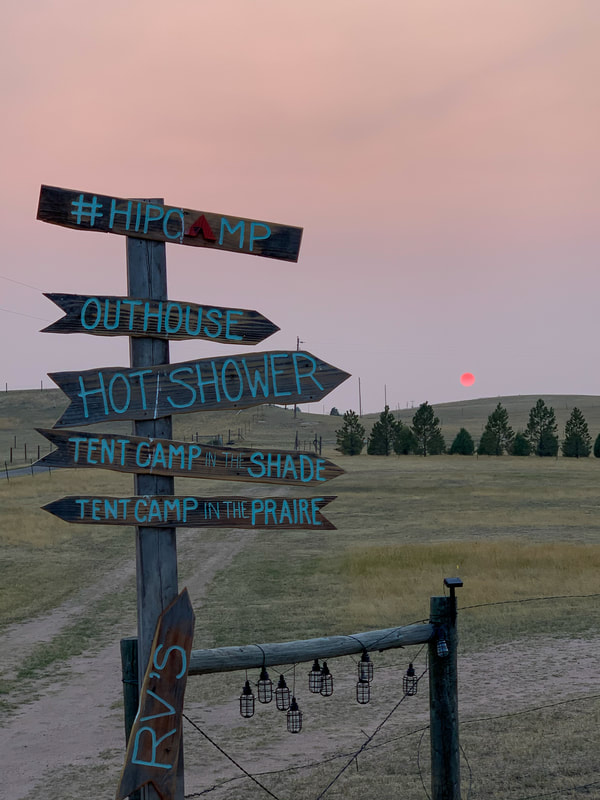
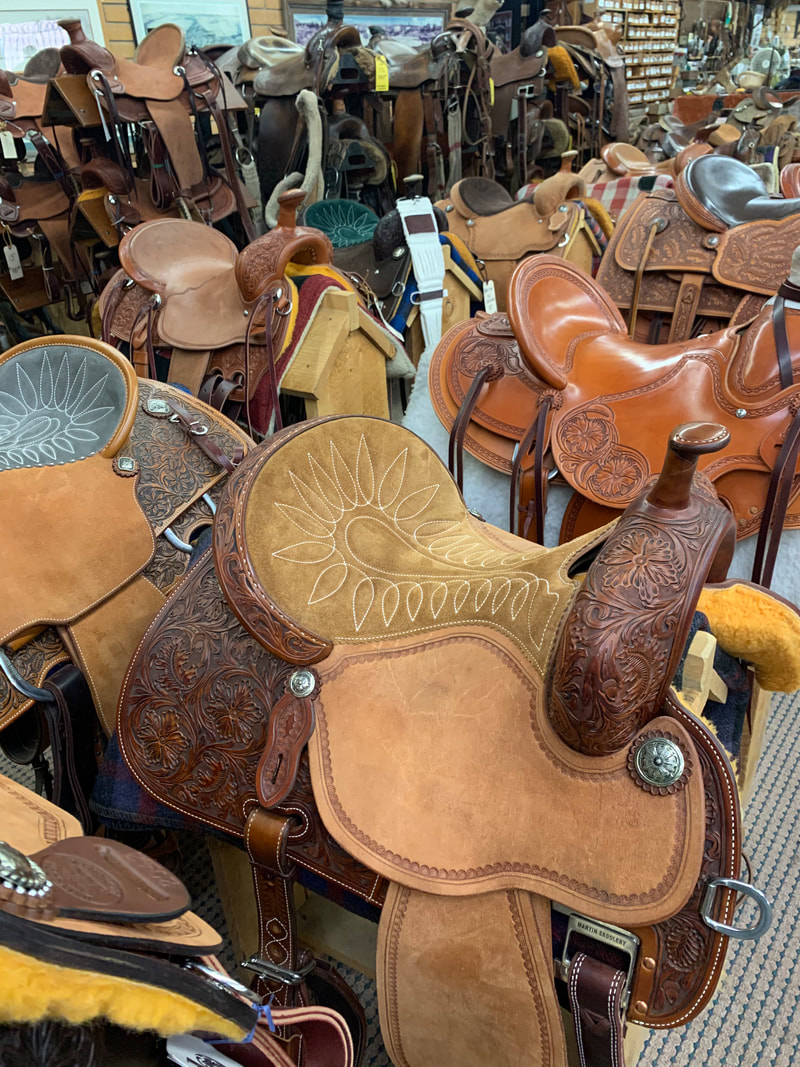
 RSS Feed
RSS Feed